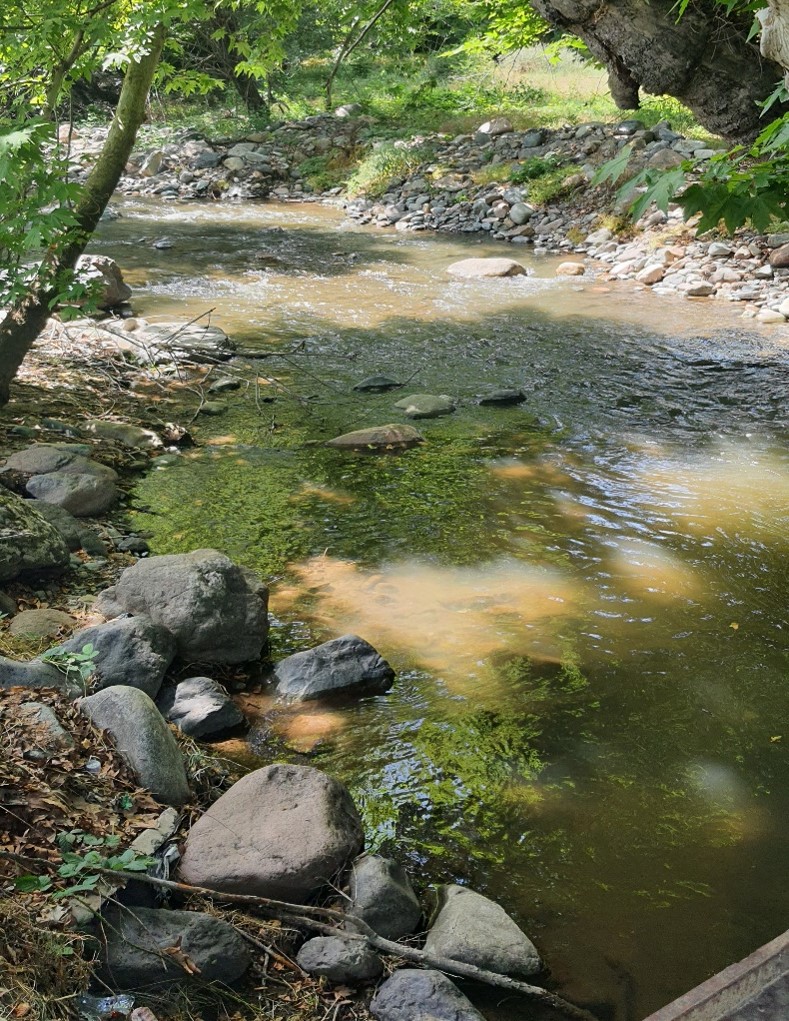Sevinj R. Hajiyeva; Aiten A. Samadova; Naile M. Jafarova
Abstract
During environmental monitoring, the aquatic environment is considered a primary focus because pollu-tants can migrate long distances within a short time. Despite the self-cleaning capacity of rivers, the proximity of residential areas often requires regular monitoring. In aquatic environments, the presence of heavy metals and pH levels, which can affect biocenoses, must be taken into account. The impact of heavy metals on living organisms varies significantly. Our research examines cations and anions that in-fluence ecosystem integrity, considering whether their concentrations exceed permissible limits. The study focused on elements such as manganese, copper, molybdenum, nickel, lead, cobalt, iron, and zinc, along with anions like chloride, sulfate, ammonium, nitrate, and nitrite. Additionally, their physicochemi-cal parameters were analyzed. Seasonal changes and water flow were also considered
